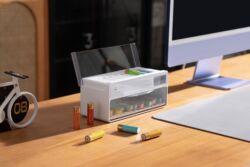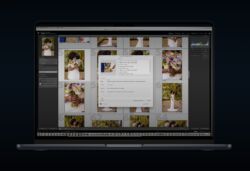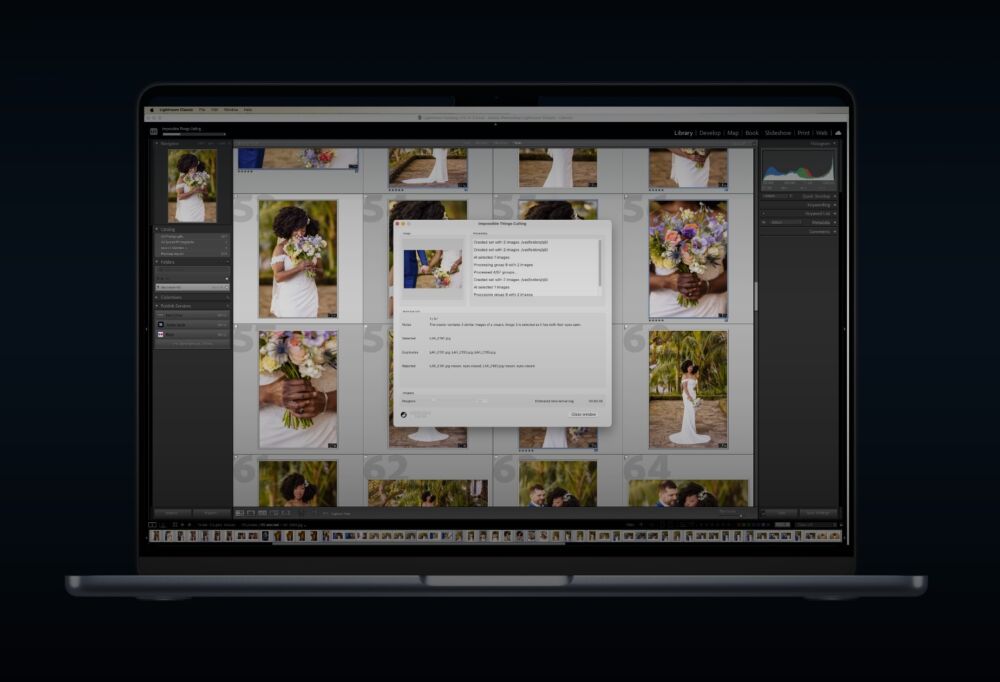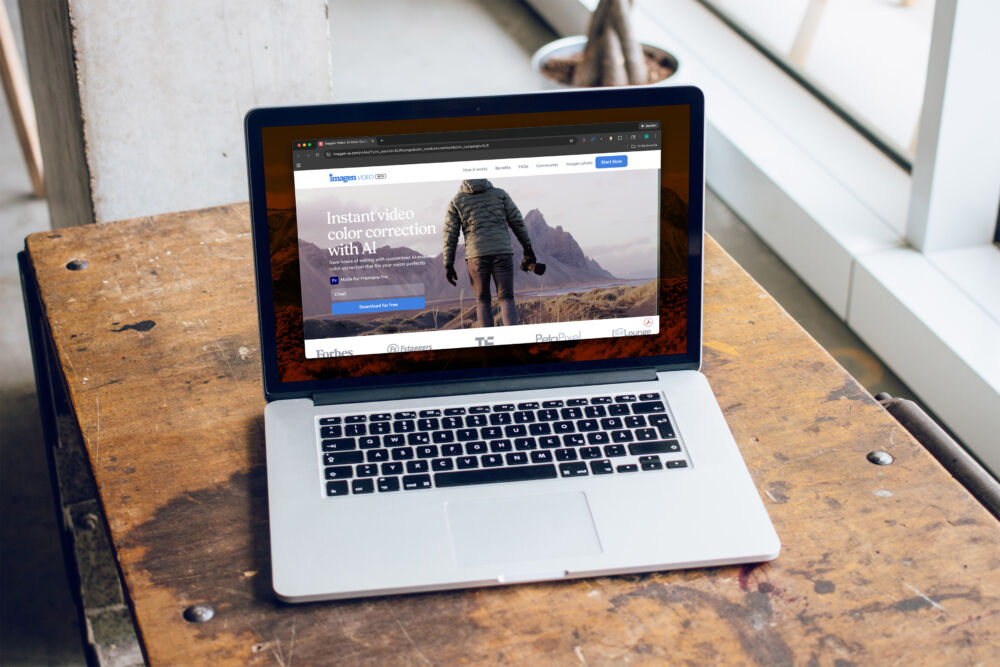More than two million couples tie the knot each year in a $72 billion wedding industry, and that is in the U.S. alone. Despite the staggering number of weddings, each one is unique. No matter how big or small, luxurious or simple the wedding is, we—as wedding photographers—must do our best to produce high-quality images for one of the most important days in our clients’ lives.
I am a wedding photographer based in New York, and I shoot a limited amount of weddings each year. For me, it’s not about the quantity of the jobs I take on, but rather the quality of the work I produce for each client.
In this article, I would like share which gear I use to photograph weddings, how I use the gear throughout the wedding day, and why it matters.
My Gear List
I am a Sony shooter, and this is my entire gear list, which I always carry at weddings:
- Sony A7RIII
- Sony A9
- Sony A7RII (back-up)
- Sony a6500 (back-up)
- Sony FE 16-35mm f/2.8 GM Lens
- Sony FE 24-70mm f/2.8 GM Lens
- Sony FE 24-105mm f/4 G OSS Lens
- Sony FE 50mm f/1.8 Lens
- Sony FE 85mm f/1.4 GM Lens
- Sony FE 70-200mm f/2.8 GM OSS Lens
- Sigma 105mm f/1.4 DG HSM Art Lens for Sony E
- Godox AD600Pro Witstro Flash and Sony Wireless Trigger for Sony Cameras Kit (x3)
- Godox AD200 TTL Pocket Flash Kit (x4)
- Godox VING V850II Li-Ion Flash Kit (x3)
- An assortment of stands, modifiers, and other accessories
How I Use My Gear To Photograph Weddings
Because I always shoot with two cameras, I use one wide-angle lens on one camera and a prime or 70-200mm lens on the other. Which gear do I use most during weddings? Let’s break it down.
Getting Ready

If the venue’s bridal suite is large enough, I like to use a 70-200mm lens while the bride is getting ready. It allows me to stay far away from my bride without interfering with the makeup and hair work. The shallow depth of field also allows me to blur any part of the room that has distracting elements. If the room is not big enough, I use an 85mm prime lens.

A 50mm is a very inexpensive lens that you should also consider; it creates really sharp images for a fast prime lens under $250.

OCF (Off-Camera Flash)
95% of the time, I don’t use OCF during the morning prep. Instead, I rely on fast lenses and window light. Keeping yourself invisible at the early stage of a wedding day is a good idea, and I turn off the shutter sound on my Sony cameras to reduce any unnecessary noises.
First Look/Artistic Portraits
This part of the day really gives photographers a chance to shine. Your creativity and unique vision here will allow you to create stunning images that will set you apart from other photographers.

During the first look, I use a 70-200mm so that I can focus on both the groom and bride and create great bokeh while the bride is walking towards the groom.
For a wider angle, I am in love with the 16-35mm; it is wide enough with minimal distortion and it delivers outstanding images.

Sometimes, to feature the beauty of a location in which your clients have chosen to get married, you cannot just use a 70-200mm or an 85mm at f/1.4-f/2.8. The shallow depth of field will kill the beauty of the location. Instead, you must learn to use all of your lenses and be able to shoot between f/11-f/22 as well.

I can use my 70-200mm or 85mm/105mm for tight portrait shots of the bride and groom, but my 16-35mm is my first choice of lens for my creative wide-angle shots.
OCF
During the artistic portrait session, I always use OCF, which can range from a simple speed light to a 600ws Godox strobe; of course, it also depends on your location. In NYC, it’s very hard to use such a big strobe, so I opt for a smaller one like a Godox AD200 and/or a speed light. If I am in an outdoor location and I have a permit, however, I use my strobe with at least a small umbrella to soften the light.
Family portraits

Because most of my weddings are Jewish weddings and family members attend in large numbers, I use a 24-70mm to capture the family portraits with the help of a Godox AD600 and a 7-foot umbrella.
Ceremony

The ceremony is very crucial, and it depends on the venue or church if you are allowed to use OCF or not. In any case, you should always have a fast (wide aperture) lens. 90% of the time during a ceremony, the available light is either dimmed or naturally very low. Having a few stops of light at your disposal from f/5.6 to f/2.8 is vital because you always want to have enough light to create the best quality images possible.
Having said that, during the procession, I always shoot with a 70-200mm; during the ceremony, I alternate the 70-200mm with a wide-angle lens, such as a 24-70mm or 16-35mm.
OCF
Whenever possible, I use four Godox AD200 around the four corners of the room with an on-camera flash. These four flashes are set to very low power, between 1/128-1/64, which is just enough to illuminate the guests and create a soft hair light on my subject while they walk down the aisle.
Reception

It’s party time! During the crazy few hours of a Jewish wedding reception, I spend most of the time on a 16-35mm on one camera body and a 24-105mm on the other. I do this in case something fun or important is happening a little bit farther away. I prefer having a light and versatile lens to capture those moments instead of carrying around a heavy lens, such as a 70-200mm.

OCF
During the reception, I always use four AD200s with CTO gels to match the ambient light of the room, and I also use an on-camera flash with a MagMod Sphere.
My Favorite Lenses, Modifiers, And Accessories
Lenses
If I were asked to choose my top three lenses to use at a wedding, I would bring a 70-200mm, 16-35mm, and an 85mm.
Light Modifiers
I would never work on a wedding without the MagMod kit. It is so versatile, easy to use, and lightweight. I strongly recommend everyone to have a kit in their camera bag. I also always have at least a white umbrella or a small softbox on hand, just in case.
OCF
For OCF, I always carry at least two speed lights, two medium strobes (AD200 – I prefer to keep four of these on-hand), and at least one main strobe (AD600 – I usually bring along two).
Accessories
My wedding day accessories include the following: Two back-up cameras, memory cards (more than what think you would use), additional batteries for all of your electronic gear, two memory card pouches, at least four light stands, sandbags to weigh down the light stands, and a video light in case I need to use constant light.
Which Type Of Gear Should You Use?
First, let’s define what we mean by “type” of gear. If you are hired to shoot a wedding and you show up with a camera and lens that has limitations, such as a crop-sensor camera and a lens with an f/5.6 maximum aperture, you will be able to capture important images, but you will have limitations.
For example, if you are shooting in a very dark wedding hall or you are not allowed to use flash, a lens with an f/5.6 maximum aperture will create some problems as it will not let in much light, and you will be forced to increase your ISO in order to get a proper exposure. The increased ISO could then introduce a lot of grainy noise into your images.
Does Size Matter?
The size of the wedding should not affect which gear you choose to use to photograph it. I shoot weddings that have 1,200 guests and weddings that have 200 guests, and I use the exact same equipment for both.
Conclusion
While one’s vision and creativity are absolutely important, there’s no doubt that a photographer’s gear will affect the quality of images he or she produces. Like any artist, photographers need to use the proper tools, and some tools make it easier to bring your vision to life. Personally, the gear I use plays an important role in allowing me to create the images I envision when photographing weddings.












